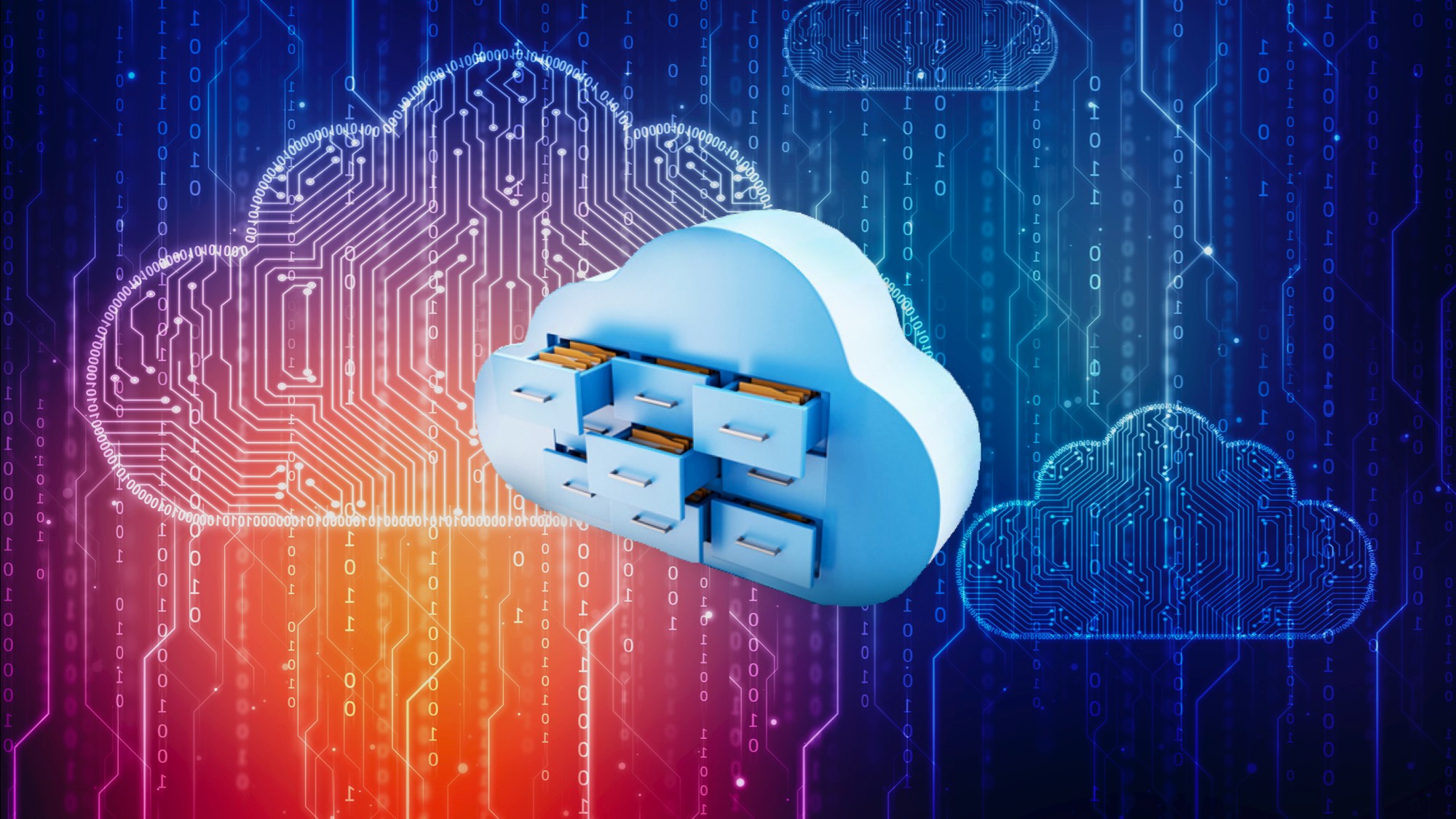
Cloud migration: 5 best practices for success
It has been a over a decade since ‘Cloud’ became one of the most popular topics among IT professionals, and we’ve come a long way since then.

Today, one can safely assume that the future of enterprise computing is in the cloud. Why? Cloud provides the much needed agility to IT operations, while reducing spend on infrastructure and software. The innovation brought together by the public cloud vendors in terms of serverless computing, low cost storage, flexible billing models, scalability, elasticity, enterprise grade security, and a number of purpose fit services has propelled many organizations across the world to redraw their IT landscape so they can leverage cloud to accelerate and sustain their digital transformation. To simply state — in today’s world, the advantages offered by cloud migration are far too many to ignore.

While many organizations are keen to move to the cloud, they fear the security and possible disruptions can fail their cloud migration. Below, I have put together a few best practices that can help you migrate to the cloud successfully:
Cloud migration: Take a phased inclusive approach
Let’s face it. Moving to the cloud is a long and hard journey, but one worth undertaking. Attempting a lift and shift of the entire IT infrastructure at once to the cloud will most likely result in failure. The best approach is to first educate your IT and business users about cloud advantages and then through a collaborative exercise, identify applications and teams that are best suited for cloud migration.
Some applications will be obvious choices due to their need for elastic, scalable, and low cost infrastructure or due to the fact that they are ready for retirement, and suitable for shifting to new a SaaS platform. Some other applications would be difficult because of the proprietary nature of the software, an inflexible architecture, or due to its dependence on on-premise applications. Once identified, prioritize and aim for quick and frequent wins. It will help your teams get comfortable with the migration, and more importantly, make it easier for you to sell the cloud vision internally.
Implement Enterprise Archiving
In a typical enterprise, up to 80 percent of data in core production applications is inactive and up to 40 percent of enterprise applications are rarely used. This inactive data and applications continue to hog on expensive production resources costing organizations millions of dollars every year. This is a great problem to solve using the elastic, scalable and low cost nature of public cloud.
Enterprise Archiving powered by the Solix Common Data Platform (Solix CDP) for cloud addresses this key IT challenge with a ILM framework and tiered data storage approach. The beauty of this solution is that data continues to be available to business users, compliance & legal professionals, and data scientists/analysts within a well governed framework thereby eliminating any adverse impact of non-availability of data in production environments. Enterprise Archiving also helps accelerate the cloud migration process as the applications that are candidates for migration (post archiving) now hold far lesser data.
Implement a comprehensive data governance strategy
Outline a clear governance model that meets your organizations information security mandate of least-access privileges, role-based access, handling of sensitive information, separation of duties etc. Share it across the organization and address the concerns and educate users where necessary. Get your IT staff to be aware of how they can put the model into action. This will go a long way in ensuring you build the confidence amongst all stakeholders in the cloud migration project while confirming your governance strategy is incorporating all the right controls.
Migrate your Analytic workloads to the Cloud
Modern analytic workloads are probably the best candidates for cloud migration. They are mostly ad-hoc, users expect results in real-time, they demand high configurations for short bursts of time and they need access to increasing volumes of data. Meeting these expectations in an on-prem environment will need unreasonable spend on IT infrastructure and technical resources. Public Cloud on the other hand wins hands down by providing highly scalable infrastructure that can scale up and down automatically within a matter of minutes. Its low cost storage and compute backed by the hourly/minute billing makes keeping the costs in control lot more easier.
The Enterprise Data Lake powered by the Solix CDP will enable you to quickly migrate your organization’s data and analytic workloads to the cloud. The Solix CDP with its built in comprehensive features such as data ingestion, data governance, metadata management, ILM, data discovery, data preparation, visualization, and APIs is a powerful and unified enterprise big data management platform.
Introduce a Cloud Migration First Strategy
Once you have a few wins and there is enough clarity on how best to approach the Cloud Migrations, introduce a cloud first strategy across the organization Change the thinking from “Why cloud?” to “Why not cloud?”. This ensures all new applications and initiatives go through an early process of evaluating the cloud as first deployment option and begin to reap the benefits of cloud from day 1.
Related Posts

Introducing Solix Common Data Platform 3.0

Solix Technologies, Inc. Announces Strong Customer Momentum for SOLIXCloud Enterprise Archiving Solution; Named a Visionary in 2022 Gartner® Magic Quadrant™ for Enterprise Information Archiving


